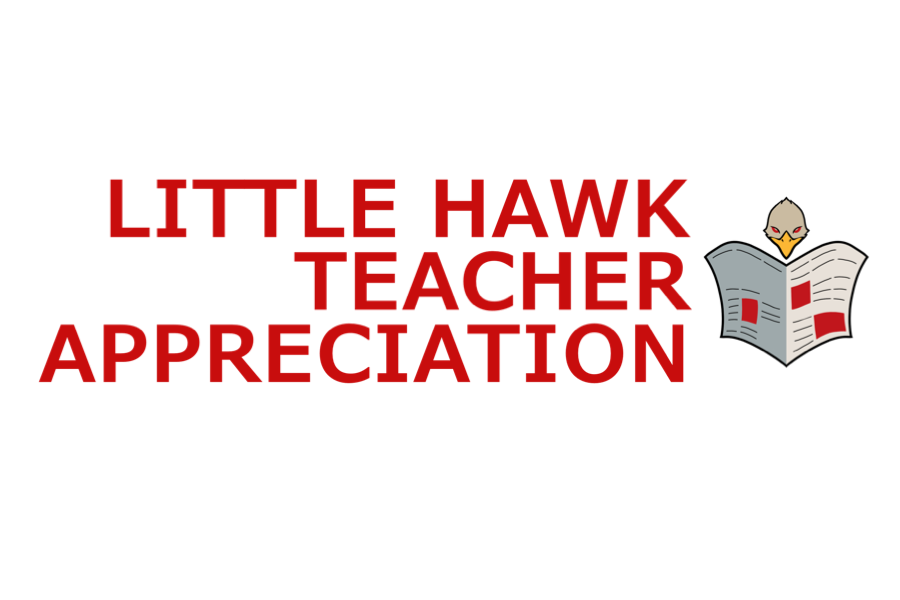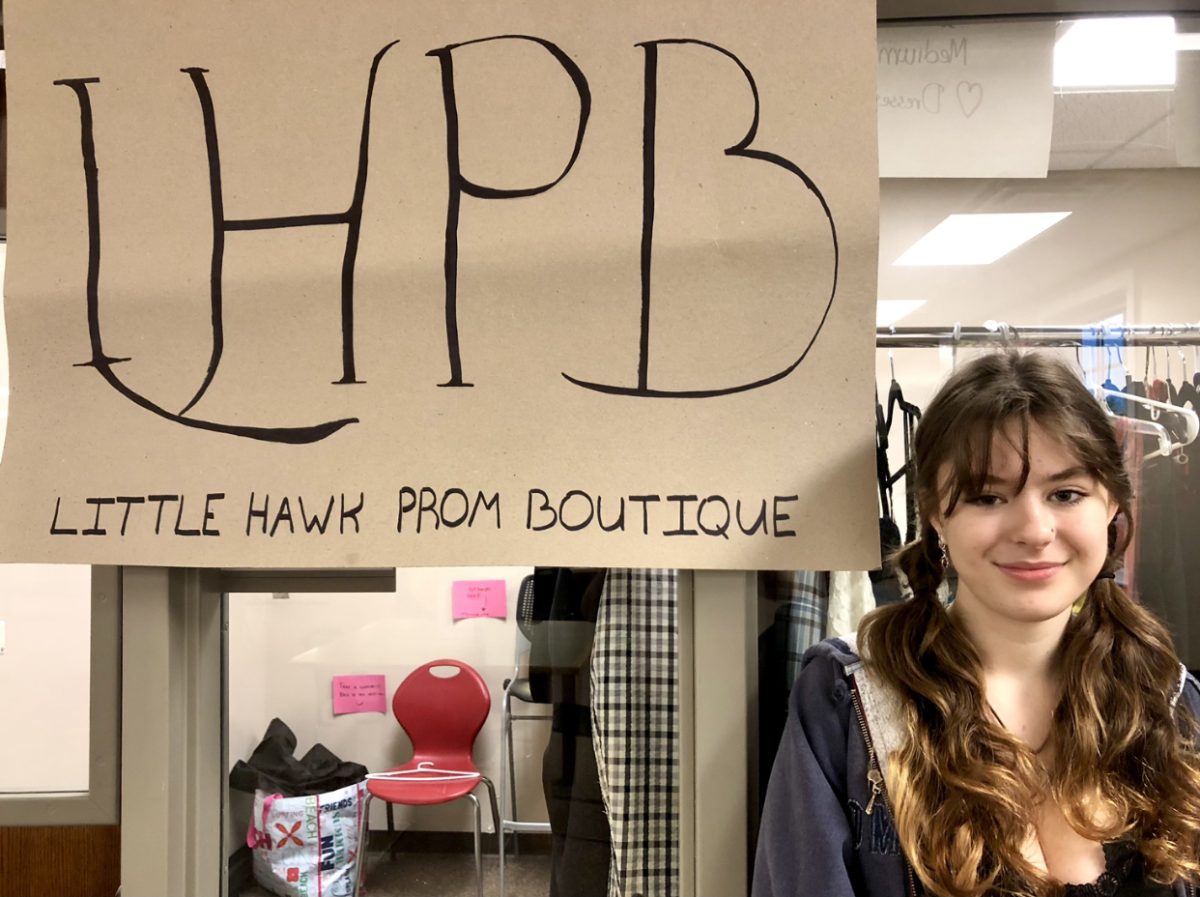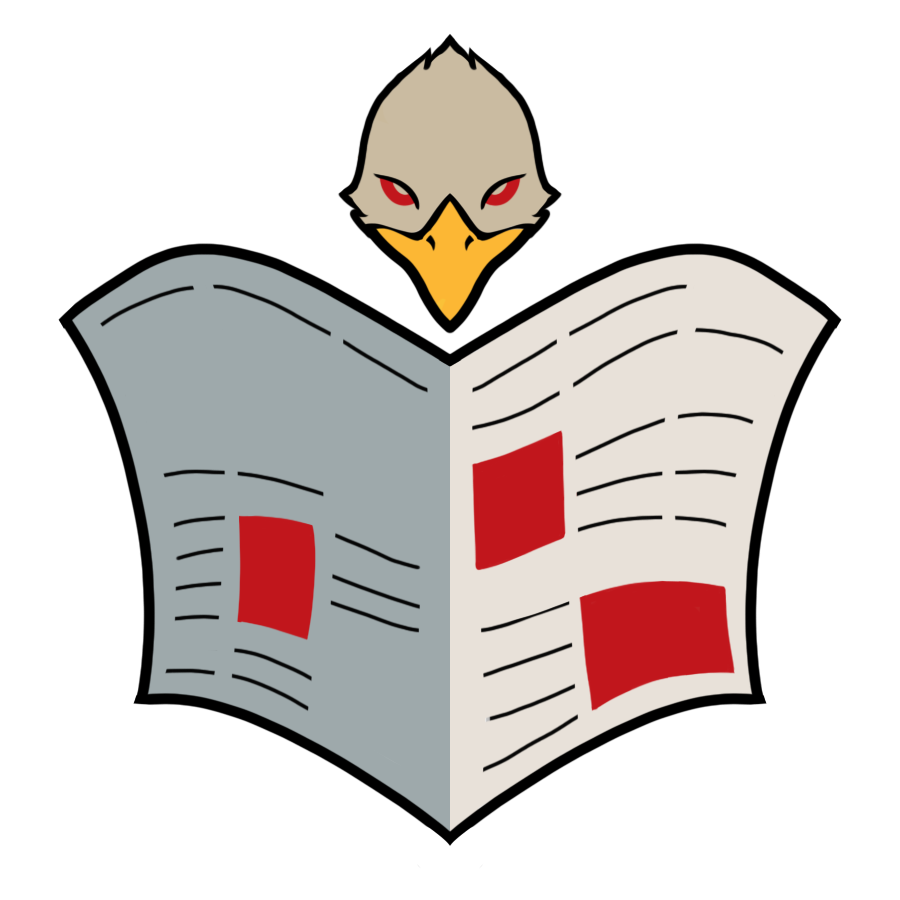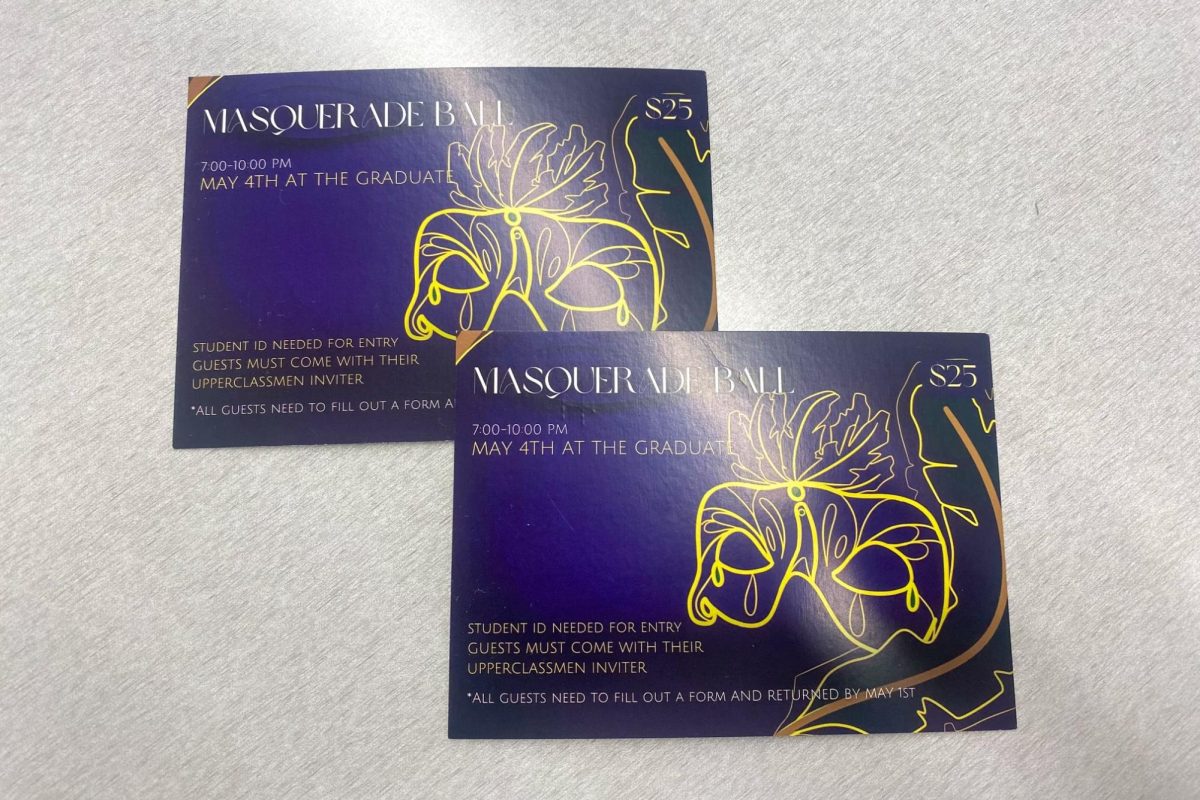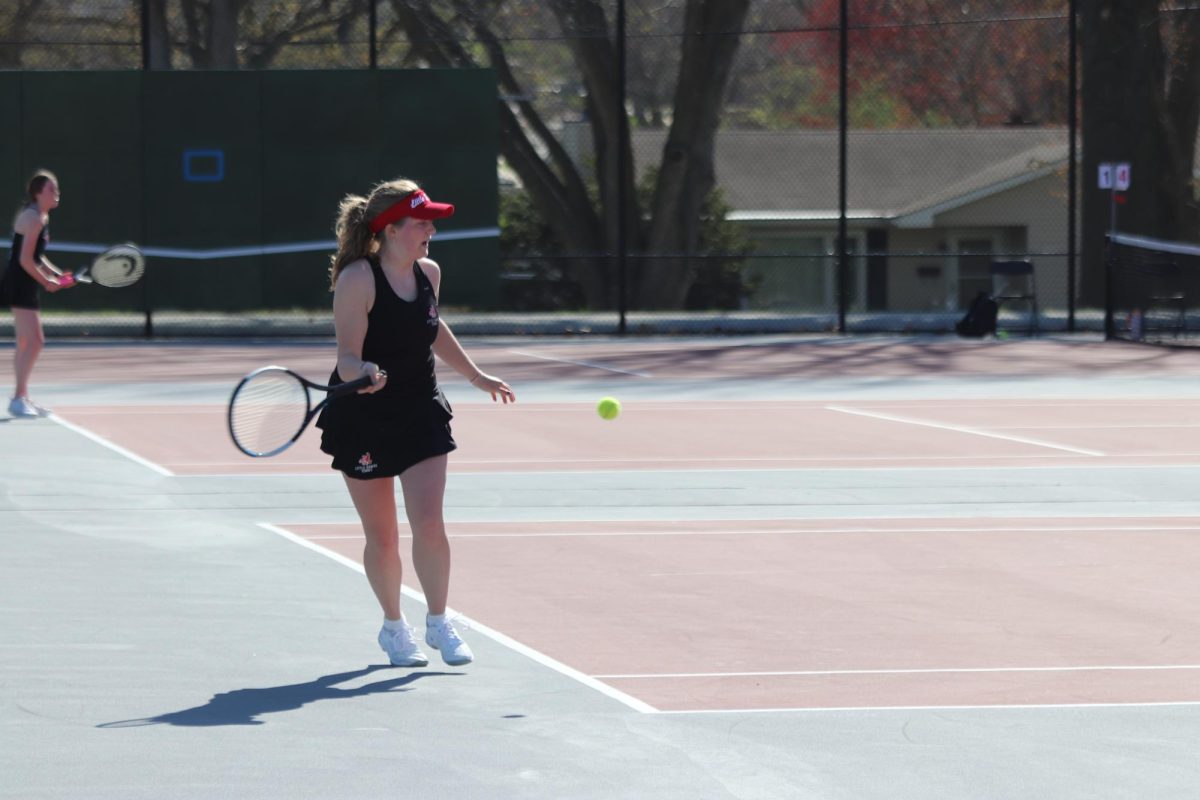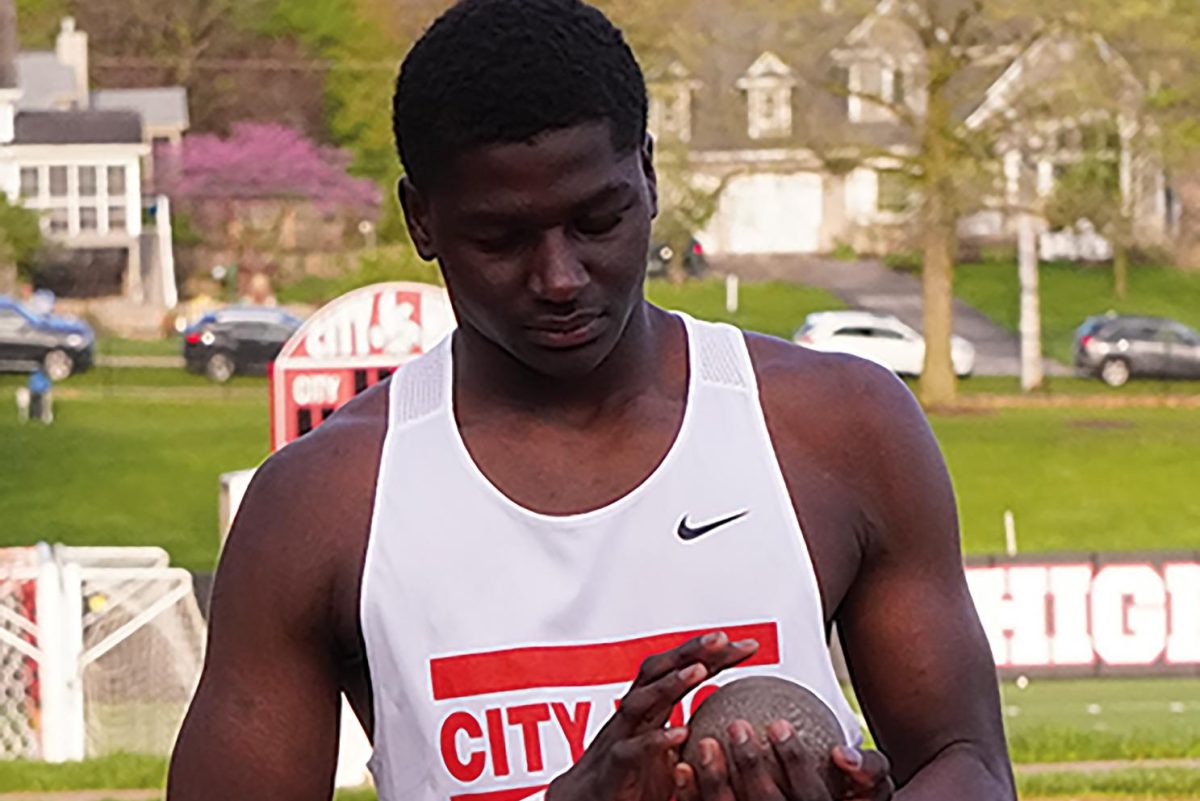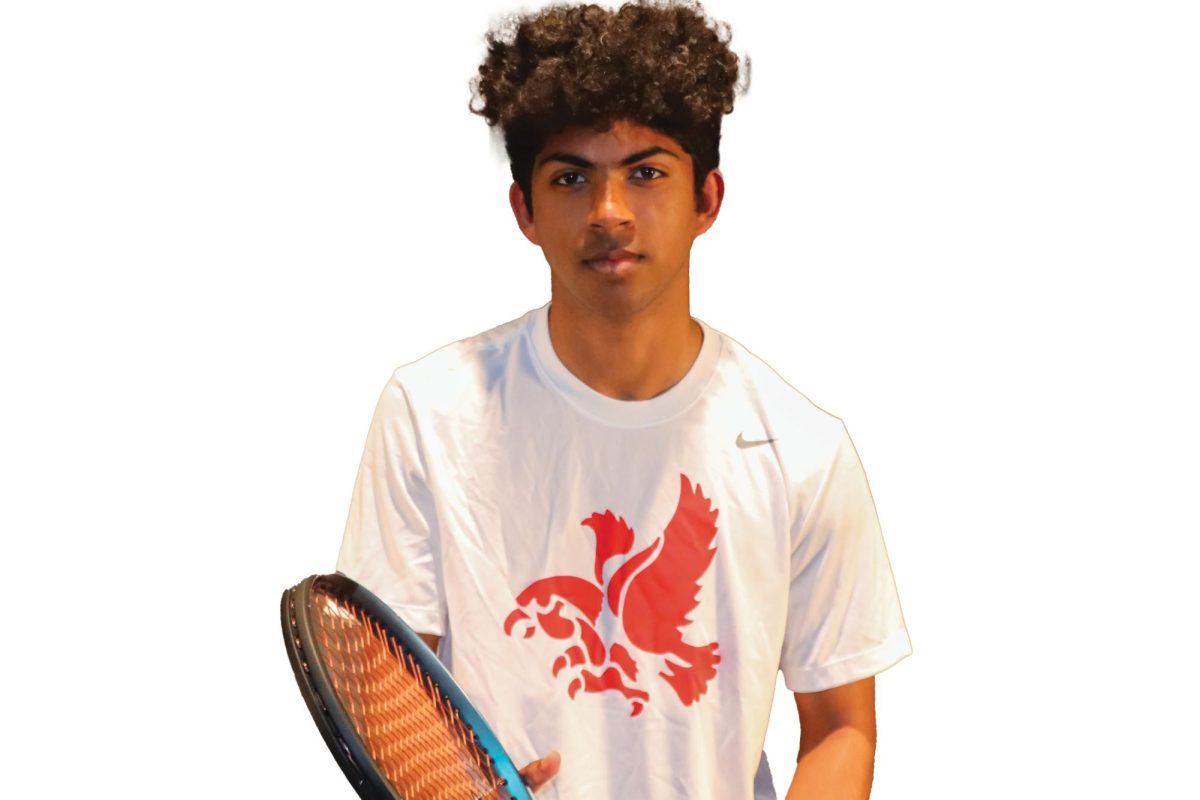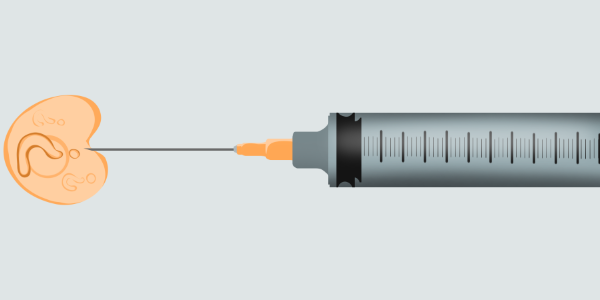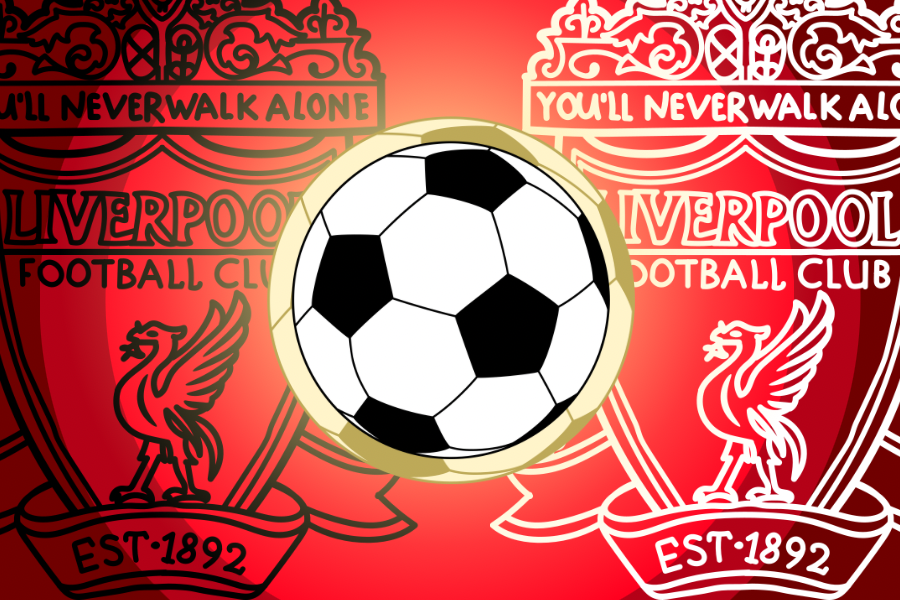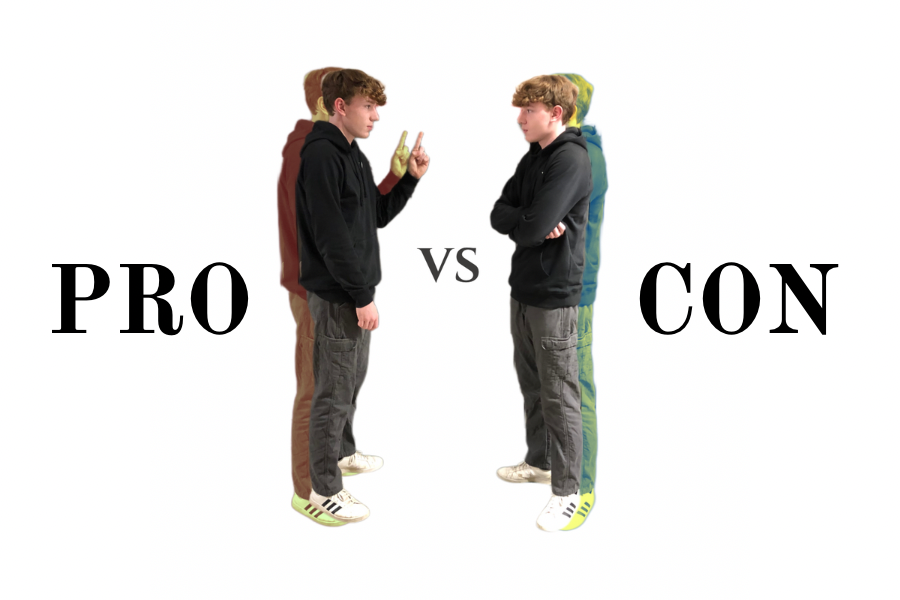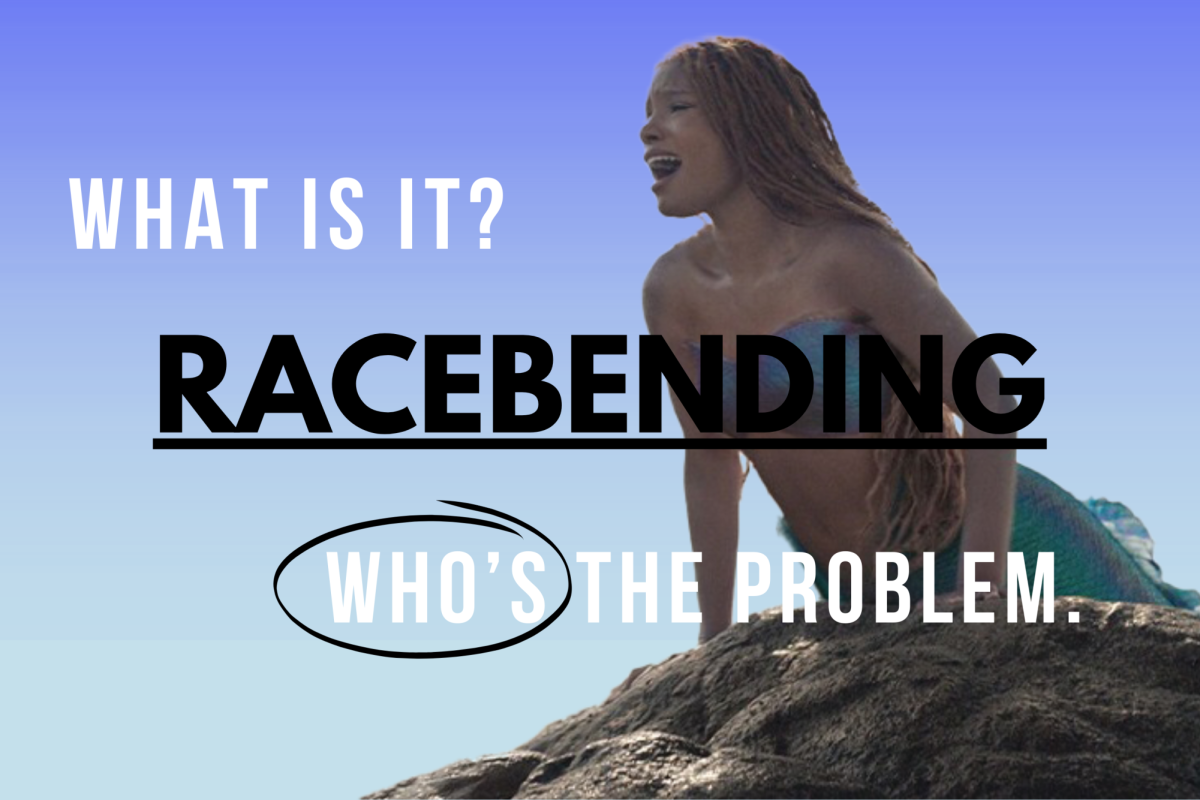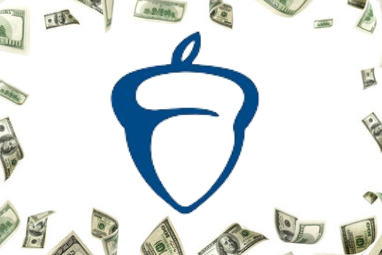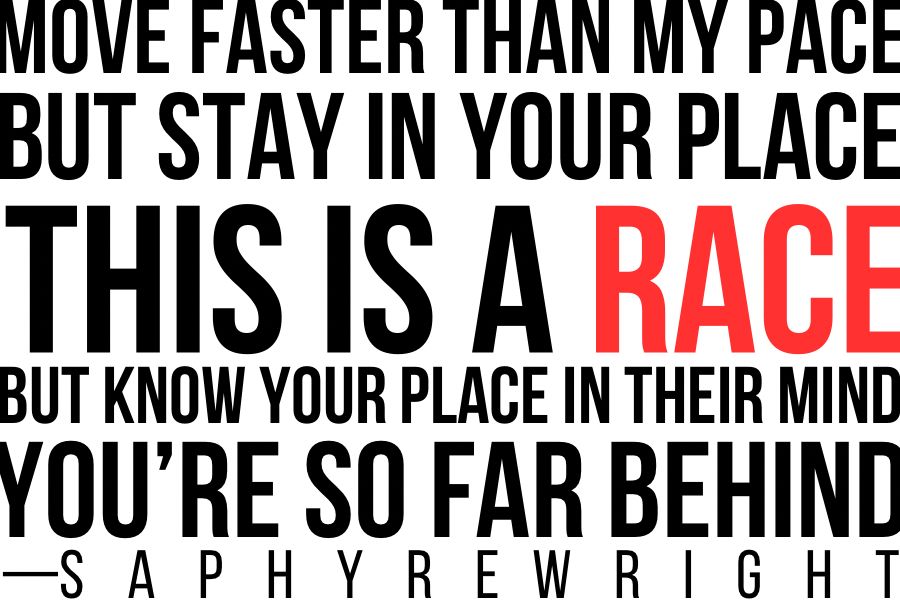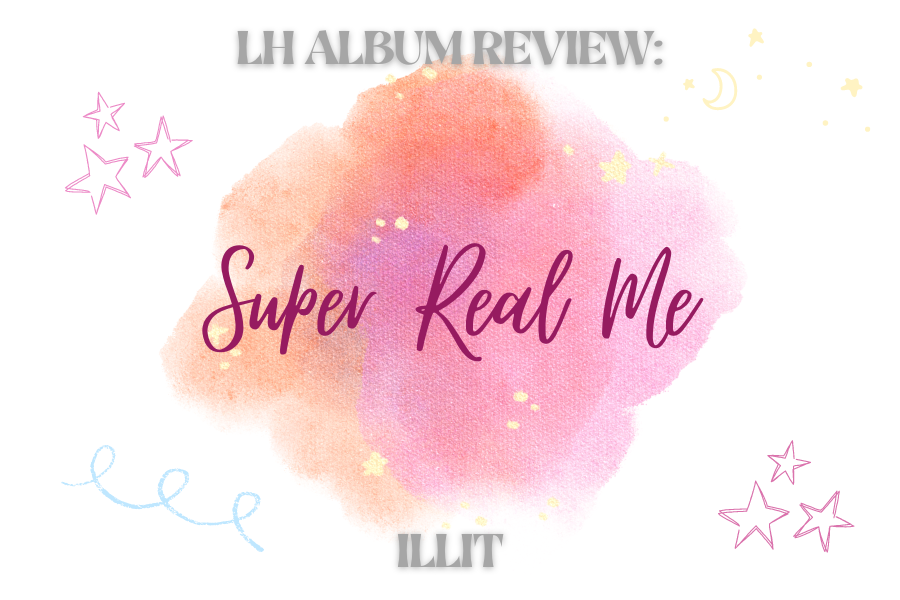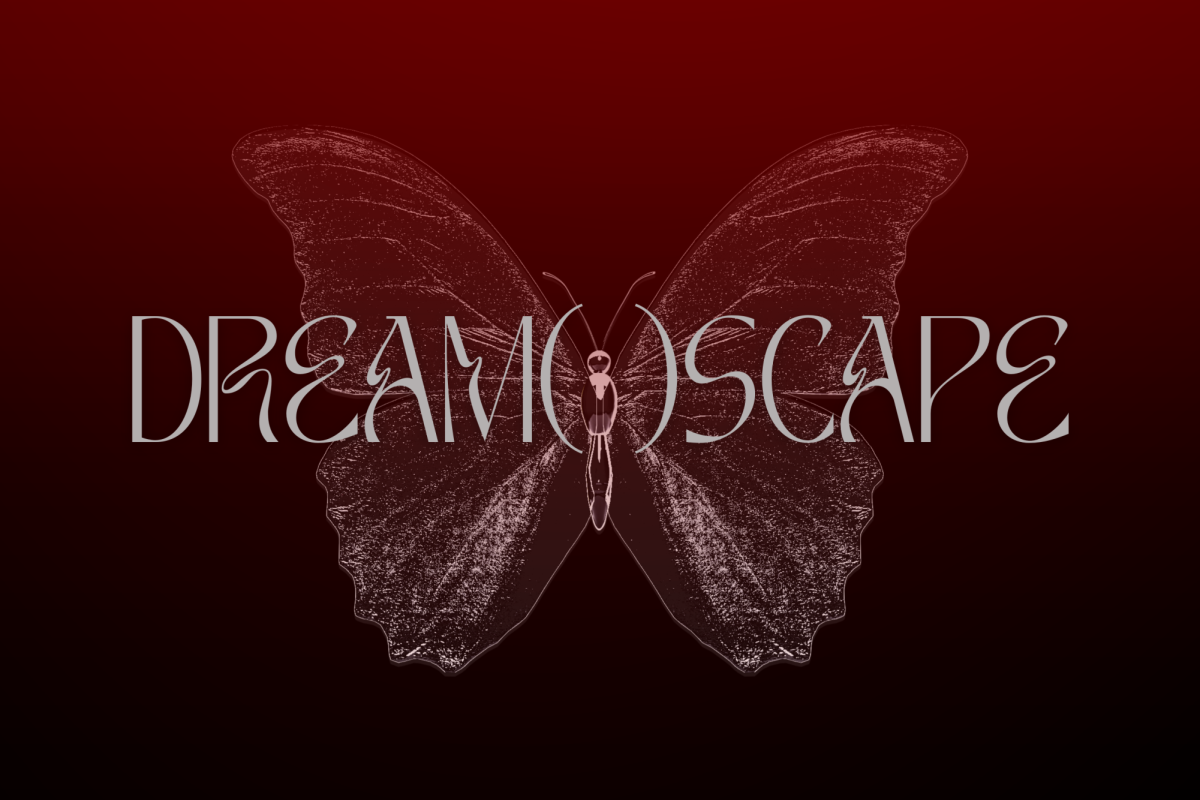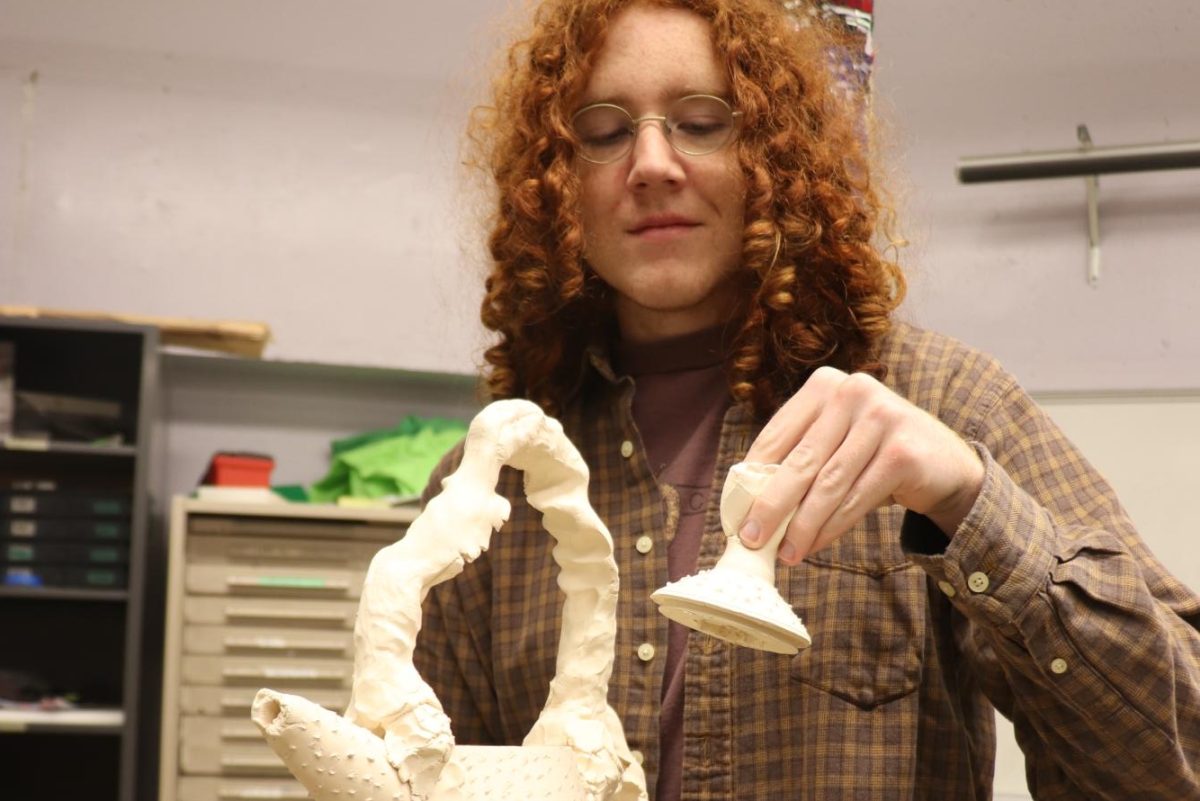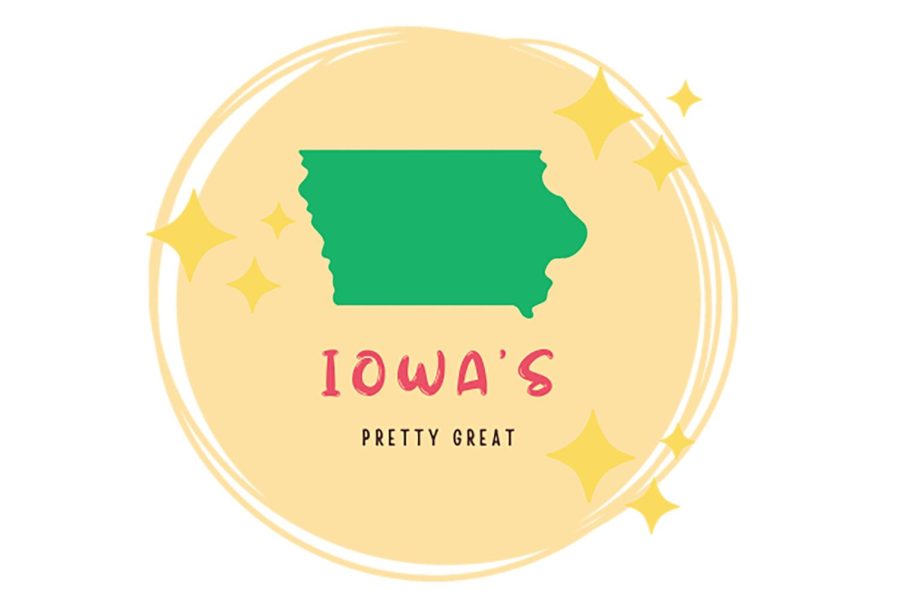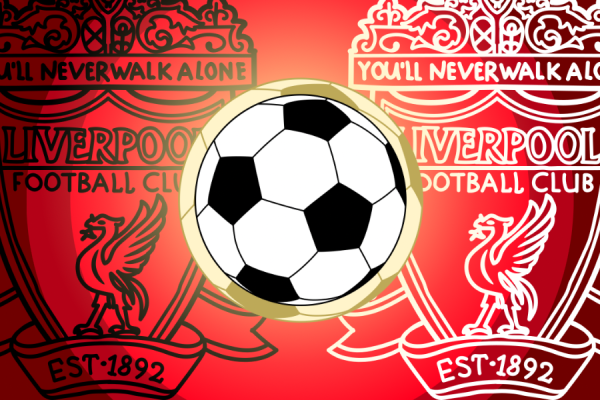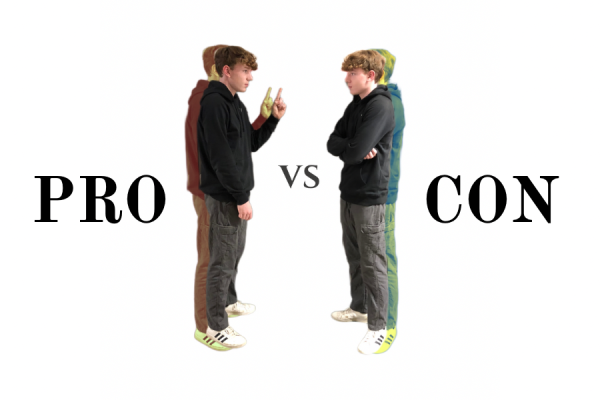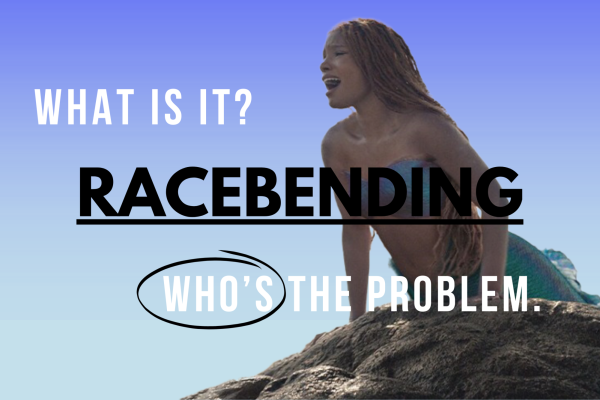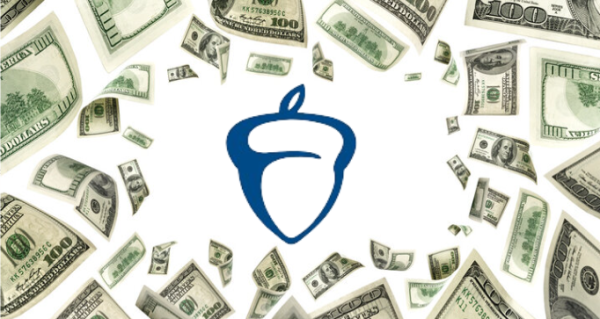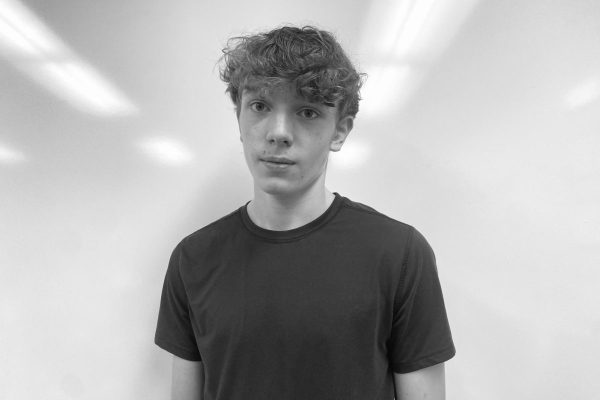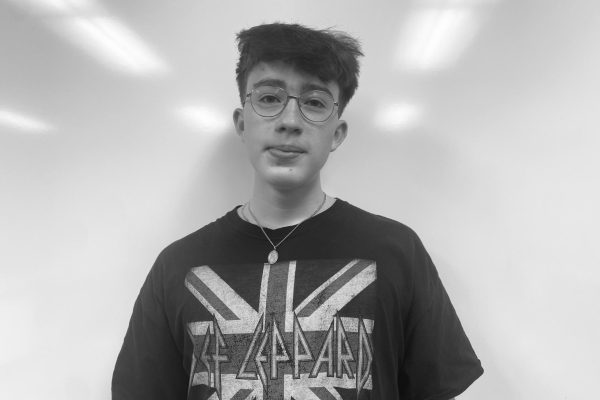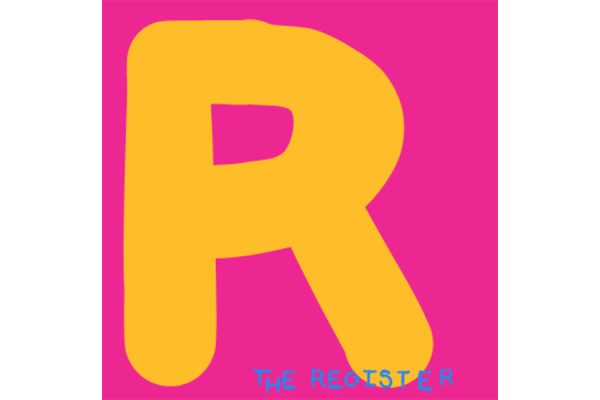IOWA’S PRETTY GREAT: Don’t be Ecotistical (we’re looking at you, East Coast)
January 26, 2023
First of all, it’s not our fault. The East Coast may revel in their tree-lined highways, but Iowa didn’t ask to sacrifice our prairie and forest to be one of the states with the most farmland in the country.
Someone has to have the farms. They produce delicious food and fuel for our whole country. 57 percent of the corn produced in Iowa goes to create ethanol, a type of fuel that I hadn’t heard of but it turns out is often used in gasoline. This fuel is renewable, but it comes at the cost of our ‘black gold’ soil being slowly stripped of its nutrients, pollution to our rivers, and a large greenhouse gas footprint. This means that even though my house is near a river, we have to make sure our drinking water is filtered. It also goes toward cheeseburgers. 42 percent of the corn Iowa produces goes toward livestock feed. When animals eat this food, they only get 10% of the energy from a plant, because the plants use most of it (Thanks, Mr. Sheldon!). This means we would get way more energy from the corn if we ate it ourselves instead of feeding it to cows, pigs, and chickens. It also means that if we found a way to transition to more vegetarianism, we could have less farmland and more space for endangered habitats like oxbow lakes, sand prairie, and oak savanna. Only 0.1 percent of our original, healthy prairie remains. 75 to 80 percent of Iowa used to be covered in prairie. Now, 92 percent of Iowa is covered in farmland.
I didn’t know how cool prairie could be a year ago. However, I visited a nature preserve last summer in an amazing couple of hours. Not only did I learn that the natural loops off rivers are important and create endangered habitats such as oxbow lakes (when the loop is no longer connected) and anabranches (when the loop is still connected to the river at both ends), I learned that cacti are native to Iowa. That shocked me because I’d never seen one here before, and I thought I spent a lot of time in nature. The three species of prickly pear cacti native to Iowa are very rare, as they only live in dry prairies, such as sand prairie, a rare habitat on the Great Plains. I also saw many other plants that I hadn’t noticed before in Iowa but had read about, such as yarrow. Visiting the nature preserve showed me that we need to set aside more space for prairie to help our land recover and to make sure our native creatures have habitats.
I’m not sure how we can do that yet, but I think changing our diets is a big part of that. Meat is fine in moderation, but we can diminish the amount of farmland we need if we use some of it for plants that we can eat instead of meat, such as beans or tubers. Soy, of course, is an example of a food that can be used to feed livestock and as a protein-filled food (tofu), although a lot of the soy we use goes toward fuel as well. If we grow beans and tubers, they will diversify our crops, which is good for soil, as different plants pull different nutrients from the earth.
Another way to heal our land would be to plant more prairie on farms, on the land that isn’t being used. Prairie on Farms is an example of an organization that focuses on this.
Back to the ‘it’s not our fault’ part: We have given up our prairie and wildlife so that the whole country can have meat and fuel. It probably wasn’t a conscious decision, but there it is. We can fix it and we are working on it, but meanwhile, the Midwest deserves a lot more respect from the rest of the country for everything we do for them.


